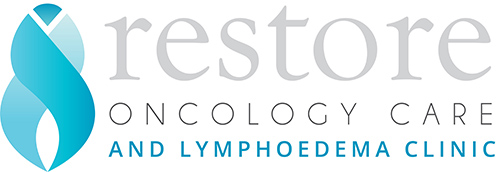‘Lymphatic Cording’
Axillary Web Syndrome, also known as Lymphatic Cording, refers to the rope like structure, that may develop in the armpit but can also extend down the inner aspect of the arm to the elbow crease and forearm, following surgery for breast cancer. It is thought that the cord is lymph/venous tissue that has become fibrotic and stiffer after having lymph nodes removed.
Risk factors:
It appears that risk factors for cording following surgery for breast cancer are:
- Younger age women
- Lower body mass index
- Extent of surgery
- Complications during healing
Signs and Symptoms:
- Patients will often report a pulling or tight sensation in the armpit which may travel down the arm to the wrist as well as into the chest wall. This may also be painful
- The cord may be visible when lifting the arm above head height and feel like a tight string or “cord”.
- ‘Stretching the cord’ by lifting your arms above your head may initially cause pain in the armpit, upper arm or even into the front chest wall.
- Notice a reduction in shoulder range of motion
Axillary Web Syndrome treatment:
The pain experienced with cording may cause a loss of range of motion and reduced function. It is important to seek treatment from a health professional with training in breast cancer rehabilitation. In the majority of cases, the cording will resolve over a couple of months, however, a breast cancer physio will assist with stretches, exercises and self management techniques to ensure a faster recovery.
Treatment includes:
- Massage
- Laser: for pain relief and scar tissue softening
- Cord stretching/release: occasionally causing the cord to snap. This is not painful and usually results in increased range of motion and decreased pain.
- Range of motion exercises/stretches
- Shoulder strengthening
- Occasionally a compression garment may be prescribed to assist with pain, particularly if the cord extends down the arm into the forearm
It is important to seek help to regain full range of motion and function safely after surgery. This will ensure better long term outcomes and less ongoing side effects and restriction.



No Comments